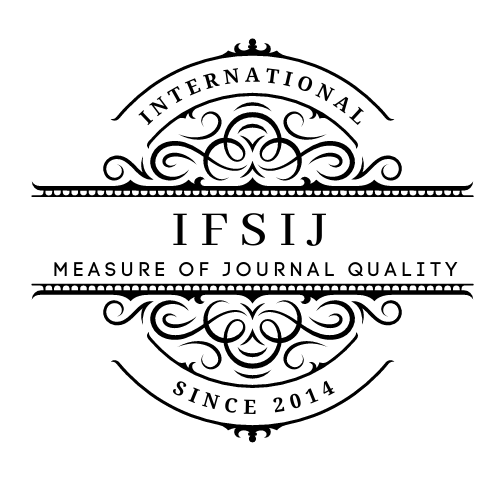INCREASING SOCIOLINGUISTIC COMPETENCE IN TEACHING ENGLISH TO JOURNALISM STUDENTS
Keywords:
sociolinguistic competence, journalism education, English language teaching, media literacy, discourse analysis, language variation, journalistic writing.Abstract
Sociolinguistic competence, the ability to use language appropriately according to social context, is crucial for journalism students, particularly those learning English as a second or foreign language. Journalism involves diverse communicative contexts that require both linguistic accuracy and social sensitivity. This article explores strategies to enhance sociolinguistic competence in English language teaching (ELT) for journalism students. It discusses the importance of understanding sociocultural nuances, adapting language for different media genres, and mastering journalistic conventions. By integrating real-world examples, pedagogical strategies, and practical exercises, this article demonstrates how English language instructors can help journalism students navigate the complexities of language use and communication. Key approaches discussed include discourse analysis, role-playing, and media literacy, all of which foster a more nuanced understanding of how language functions in diverse journalistic contexts.
Downloads
Published
Issue
Section
License

This work is licensed under a Creative Commons Attribution-NonCommercial-NoDerivatives 4.0 International License.















